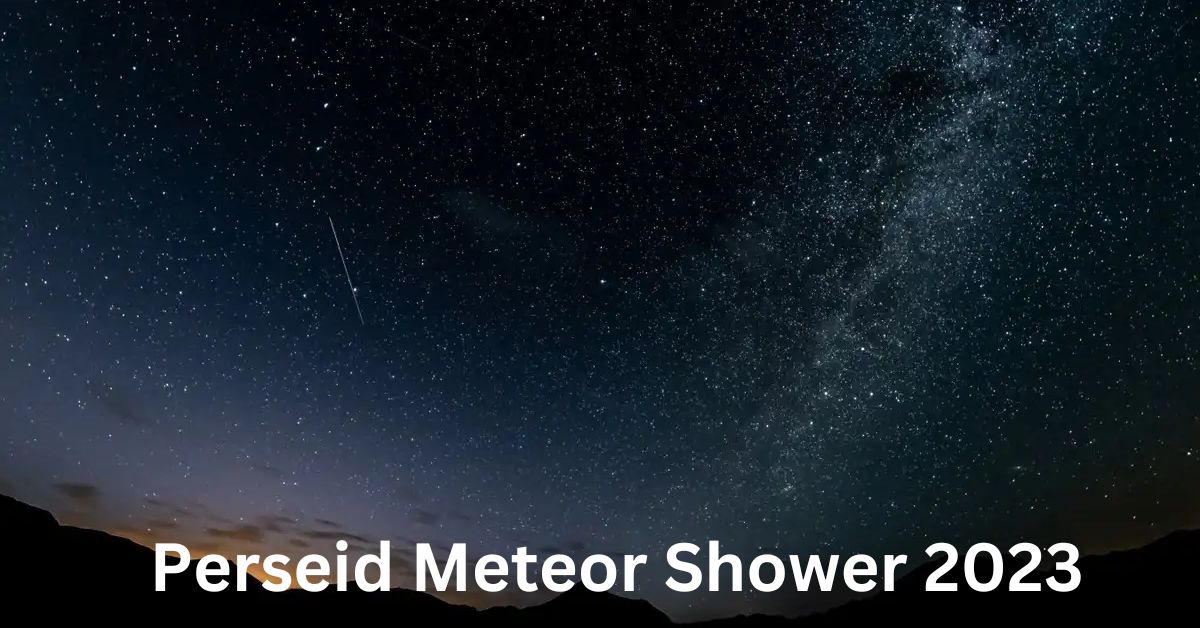On August 12, the Earth will travel through the dustiest debris of comet Swift-Tuttle’s tail, resulting in the Perseid meteor shower. “If you’ve got nice clear weather and a good dark sky, you go out just before dawn and you’ll see a Perseid per minute or so,” NASA meteorologist Bill Cooke told the Associated Press.
According to NASA, the Perseid meteor shower will be visible from the Northern Hemisphere. The Perseid meteor shower is widely regarded as the best meteor shower of the year because to its high rates and nice late-summer temperatures.
According to NASA, the Perseid meteor shower is the only one that has caused a Space Shuttle launch to be delayed. It stated, for example, that the NASA – STS-51 launch was delayed in 1993 due to worries over the Perseid meteor shower activity. A massive meteor shower was predicted, and according to NASA, even a small piece of the debris might damage a spacecraft in Earth orbit.
What Are The Perseids?
The Perseid meteor shower is among the most prominent of all meteor showers. It takes place in the late summer of each and every year. When the Earth travels through regions of debris floating around in space, meteor showers can occur as a result.
The meteor shower known as the Perseids was caused by the comet Swift-Tuttle, which is a large ball of ice and rock that circles the sun and releases chunks of dusty debris into space. These fragments of debris are trapped in our atmosphere when the earth goes by, and when they ignite, they produce the streaking lights.
Got weekend plans? Look up on Aug. 12 for the best meteor shower of the year. 🌠
Weather permitting, you’ll have the best view of the Perseids in the Northern Hemisphere between midnight and dawn, but early Perseids are already being spotted.
Tips: https://t.co/7pYT5e3BIO pic.twitter.com/FRcReTAb8c
— NASA (@NASA) August 10, 2023
The meteor shower known as the Perseids was given its name after the constellation Perseus due to the fact that it appears to be the point in the sky where the meteors’ paths begin.
You can also read the additional news below:
- Elon Musk SpaceX Tells Washington It Can Donate Expensive Starlink Services To Ukraine
- How Long is the Virgin Galactic Flight? Exciting Details
When And How To Watch Perseid Meteor Shower?
“People in the US can reasonably expect to see around 40 Perseids in the hour just before dawn on peak nights,” said Bill Cooke, director of NASA’s Meteoroid Environment Office. That works up to around one every couple of minutes.”
He went on to say that this is obvious in the countryside, away from towns and suburbs. According to NASA, the lighter sky in suburban regions cut the rates significantly, with 10 or fewer predicted in an hour.
The shower is already active this year, but the major event will be this weekend, when it peaks from Saturday night into Sunday morning. Cooke expects a few meteors to appear around 11 p.m. local time Saturday, perhaps one per 15 minutes. He went on to say that “they’ll keep picking up the pace until before dawn on Sunday,” when “you’ll see meteors appear all over the place.” For more information, you can also Visit us on the website The Current Online,
